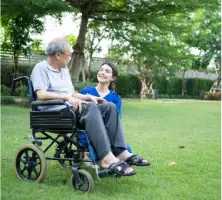Varicose Vein Treatment
Varicose Veins Treatment may include conservative methods (compression stockings and lifestyle changes) as a first-line treatment or surgical intervention (vein ligation and stripping, sclerotherapy, radiofrequency ablation, laser... Varicose Veins Treatment may include conservative methods (compression stockings and lifestyle changes) as a first-line treatment or surgical intervention (vein ligation and stripping, sclerotherapy, radiofrequency ablation, laser surgery, etc.) Find out more about varicose vein treatment . Using the Latest and Best Technologies for Varicose Vein Treatment at Affordable Prices. Read more
Latest procedures
 50+
50+
Expert surgeons
Personal Assistance

























